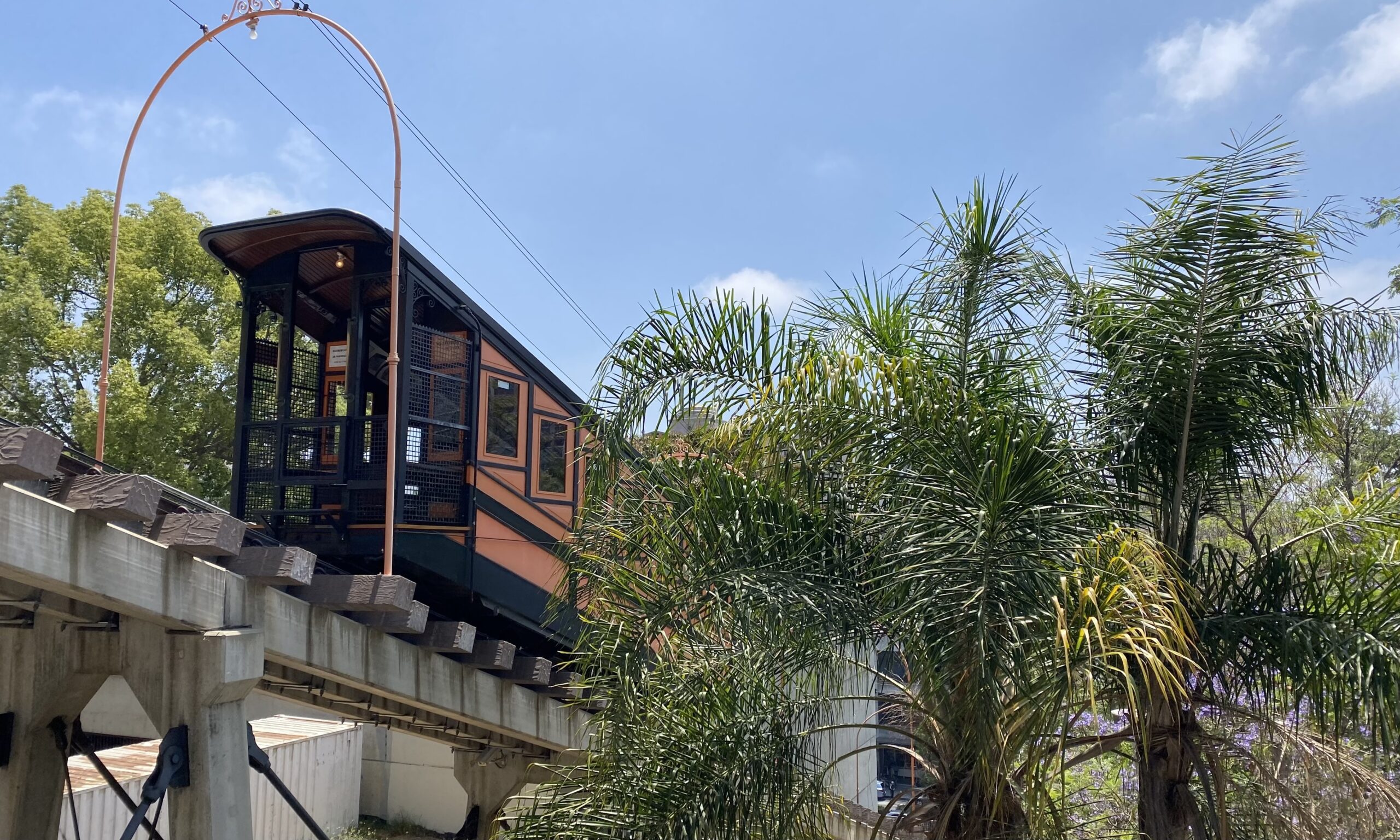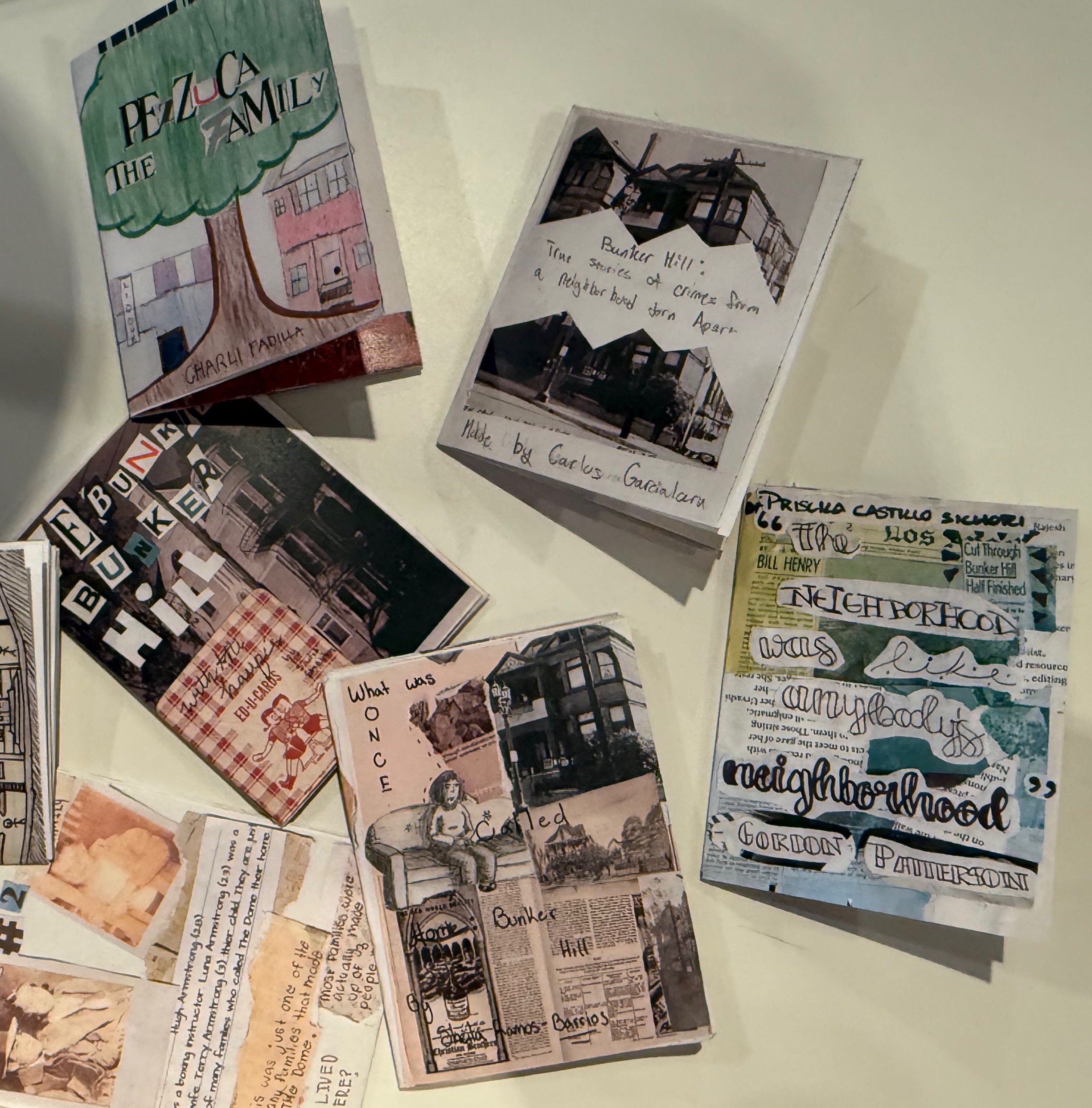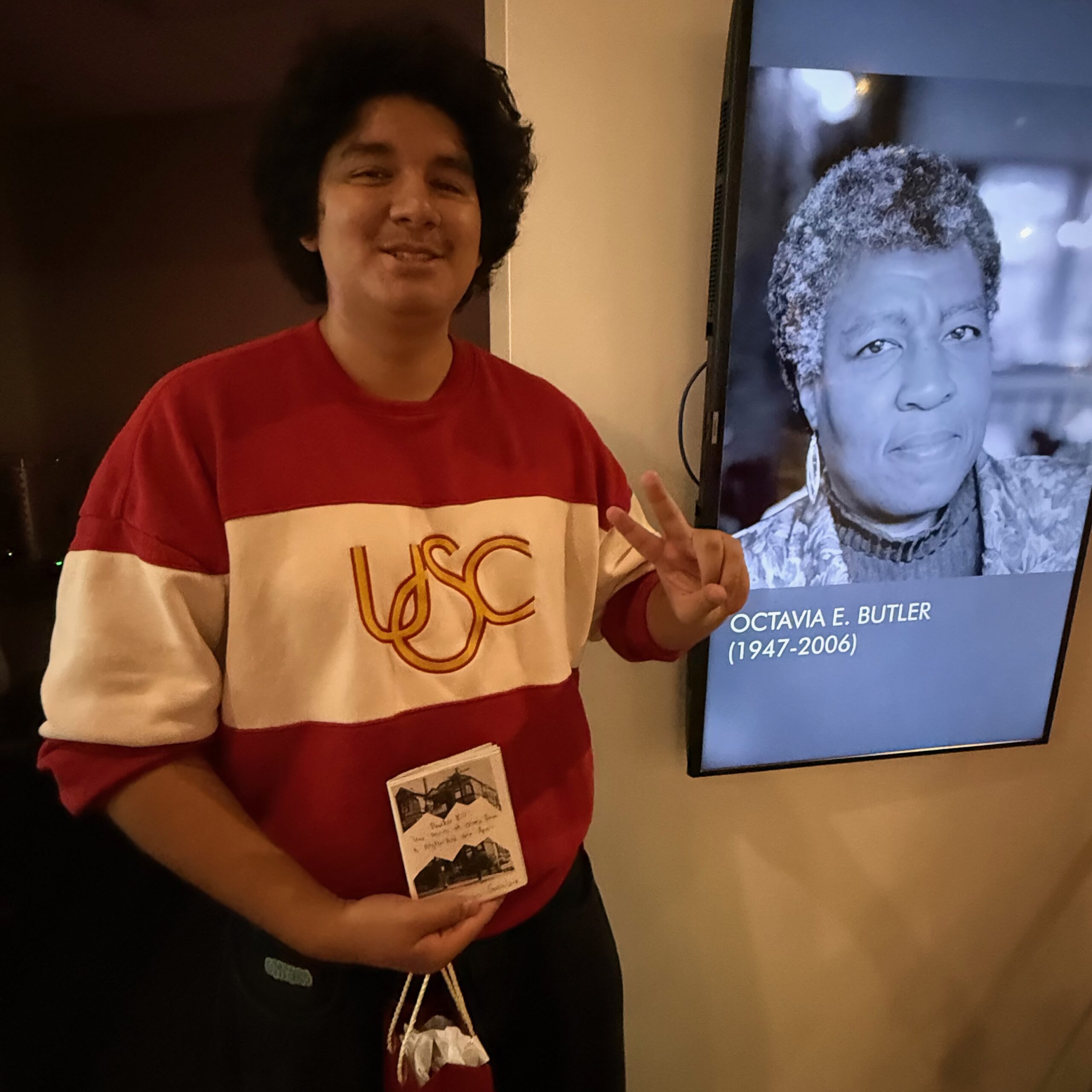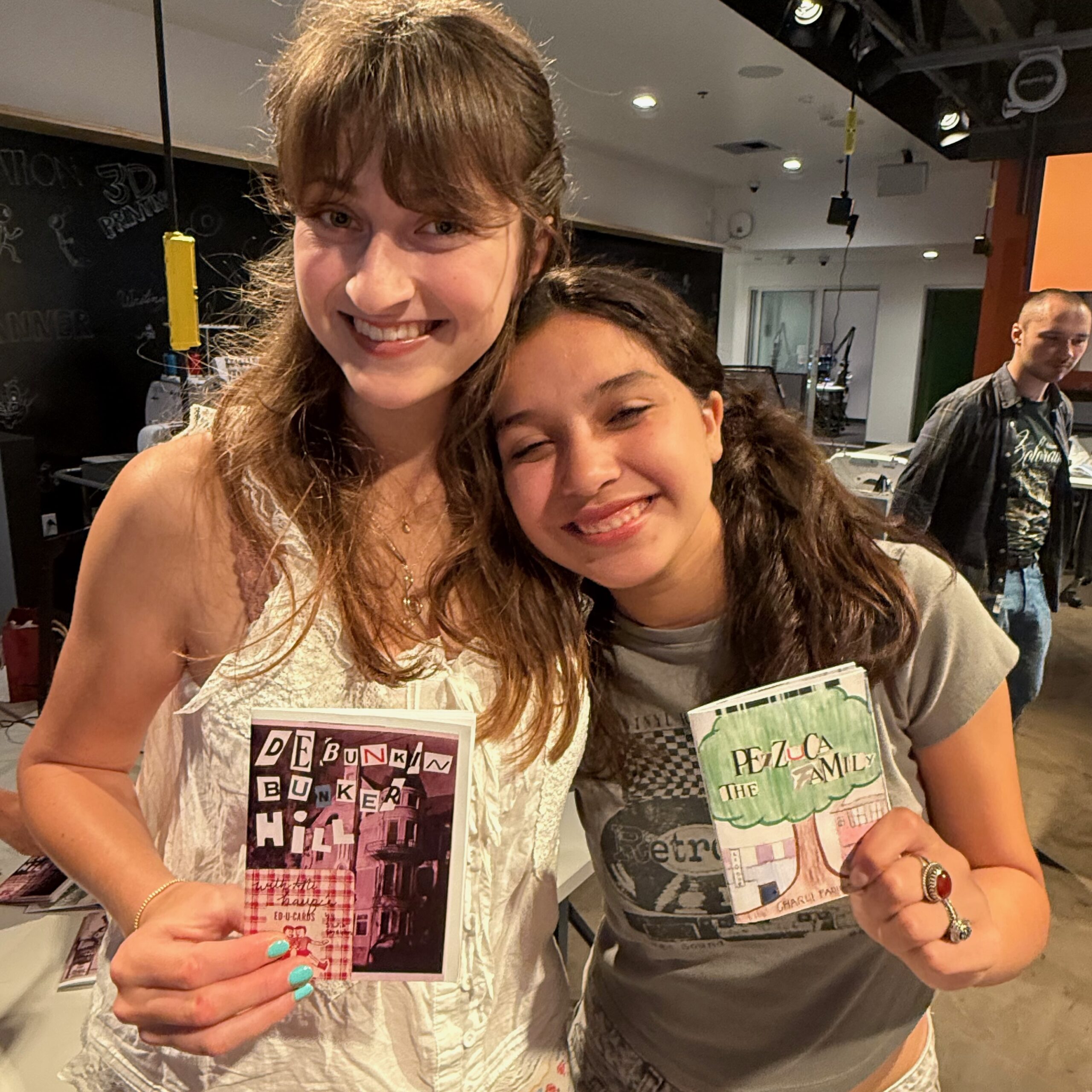Bunker Hill Refrain
Current Project
SUMMARY
The project brings together former residents of Bunker Hill, high school students from the Los Angeles area, librarians with the Los Angeles Public Library’s Octavia Lab, and USC students, staff and faculty in a shared community memory project. Through a series of workshops held in summer 2024, participants will co-create visual narratives that will be incorporated into the Bunker Hill Refrain (BHR) project, an immersive digital recreation of a Los Angeles neighborhood lost to urban renewal in the 1950s and 1960s.
The workshops will contribute to Bunker Hill Refrain’s growing “rebel archive” of primary sources, including family photographs, oral histories, and interviews. Drawing on photo-elicitation and other visual methods that allow for the co-construction of meaning during interviews, the project creates space for individuals displaced by urban renewal to counter narratives developed by mid-twentieth century policy makers that described their neighborhood as a slum fit only for demolition.
Together, students, former residents of Bunker Hill and their descendants, will have an opportunity to reflect on a lost neighborhood, while simultaneously envisioning new community futures. Recording and sharing their experiences with students will enable community members to document the world through their eyes, and in their own words. As a result, the project will create a more nuanced understanding of the Bunker Hill neighborhood before demolition and increase awareness of the long-term toll of housing displacement.
PROJECT OBJECTIVES
- Contribute to scholarship on Los Angeles history and urban planning by providing a more nuanced understanding of a diverse working-class community lost to redevelopment.
- Advance digital humanities and public history methods by developing an immersive and interactive 3D model incorporating archival data, oral histories, and other ephemera.
- Raise awareness about the social impacts of urban renewal and displacement.
- Promote community-engaged research by involving former residents, their descendants, students, and community organizations.










